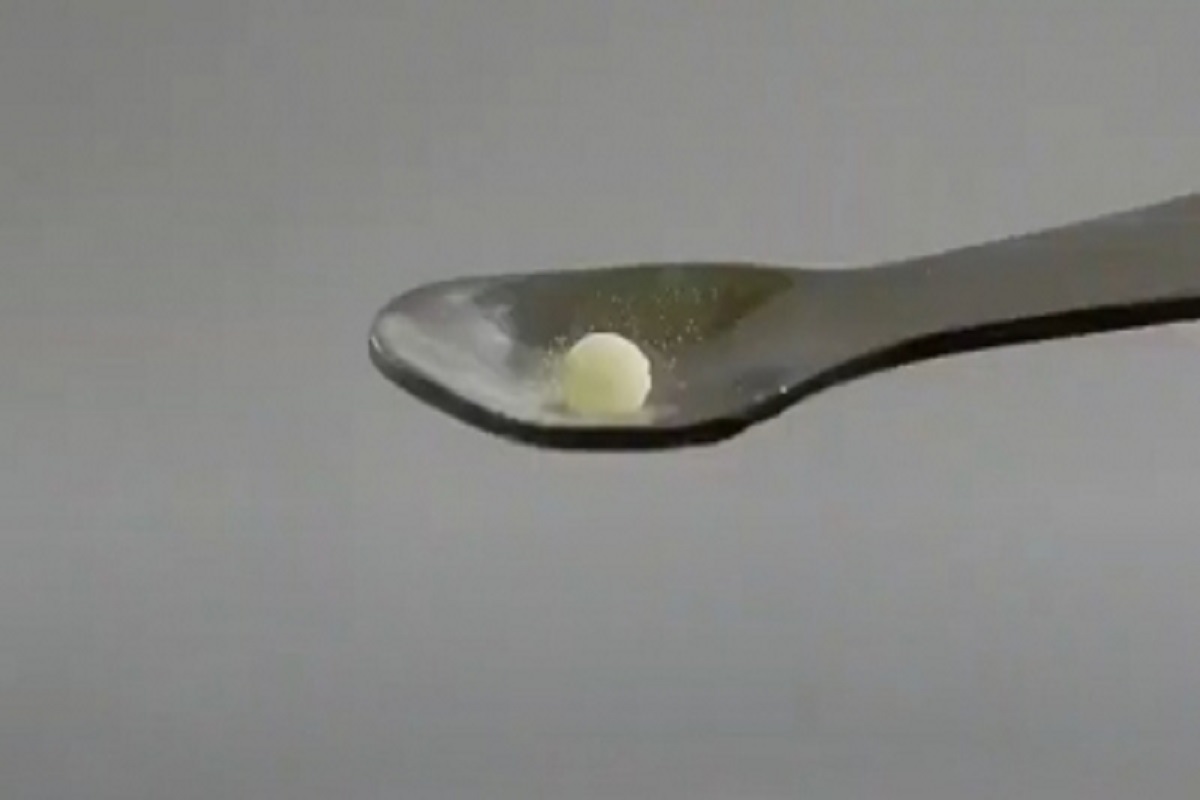Researchers at the Indian Institute of Technology (IIT) Guwahati have developed liquid marbles using nano clay that can be pre-programmed for drug delivery and cascade chemical reactions.
Conventionally for treating any disease we take medicines in the form of tablets, capsules, syrups, ointments while a controlled drug delivery system is a more efficient technique to deliver the required dose at the specific site gradually over the desired period of time. Loading and release of drug in its soluble form is another important aspect, which can be achieved with this liquid marble, an statement said.
The team from IIT Guwahati led by Dr Uttam Manna, associate professor, Department of Chemistry and Centre for Nanotechnology, has used the liquid marbles approach for the controlled release of drugs and programmed chemical reactions.
The statement said that the team has engineered liquid marbles to have a ‘time bomb’ type release effect and to carry out a spontaneous chemical reaction. Unlike normal droplets, a liquid marble is a non-sticking, non-wetting droplet, it said, adding that it is created by wrapping a droplet with fine hydrophobic particles — water-repelling particles.
The IIT Guwahati claimed that liquid marbles can be rolled, squeezed, and even float without spilling when put in a water pool. In nature gall-forming aphids create liquid marbles by coating the honeydew they secrete in a powdery wax. Liquid marbles are soft spherical solids that can be used for multiple applications by replacing the liquid inside them. Some examples are in the field of sensor platforms, soft robotics, healing agents, bio-systems, among others.
Explaining the research challenge, Manna said, “Release of drugs from a liquid marble in response to a stimulus for instance light, temperature, electricity has been reported earlier. But the time-programmed release was not yet achieved. We have chemically modified the lifetime of a floating liquid marble on a water pool.”
The nano clay marbles were made of a shell of nano clay that holds the liquid. To programme the marbles for timed release of the content, the researchers modified the nano clay with chemical groups that were either water-loving (hydrophilic) or water-hating (hydrophobic).
A water droplet was laid on a powder bed consisting of hydrophilic and hydrophobic nano clay powders. The properties and stability of the liquid marbles changed according to the relative amounts of the water-hating and water-loving groups on the nano clay surface.
“The surface modifications on the nano clay changed the time taken for the liquid marble to break and release its contents when put in a pool of water. We were able to control the timing of the release of the content from seconds to hours by changing the nature of the surface groups. This is the time bomb type collapse of LMs,” Manna said.











